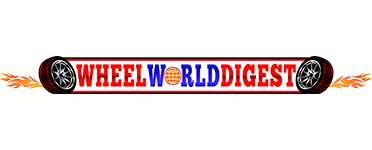Decoding Rim Damage - A Visual Guide
Learn to identify various types of rim damage. This visual guide will empower you to decide the right approach for repair.
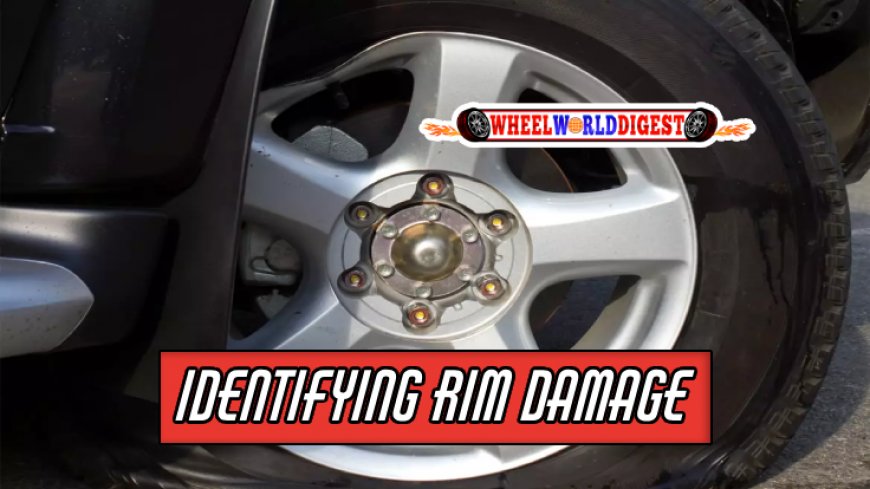
Identifying rim damage is more than just a matter of aesthetics. A damaged rim can affect your vehicle's performance, safety and reduce the lifespan of your tires. This visual guide aims to equip you with the knowledge needed to decode different types of rim damage, empowering you with the ability to make informed decisions when it comes to repairs.
Demystifying Rim Damage - Your Guide to Identifying Rim Concerns
Wheels or rims are subjected to a lot of wear and tear. Literally where the rubber meets the road, rims come into the first-hand contact with harsh road conditions. Identifying rim damage and dealing with it promptly can save you a significant amount of time, money, and even prevent road accidents.
Table of Contents
- Identifying Dents and Dings in Rims
- Detecting Bends in Rims
- Spotting Cracks on Rims
- Understanding Rim Corrosion
- Deciphering Gouges on Rims
- Rim Repairs - When to DIY and When to Call the Pros
- Preventing Rim Damage
Identifying Dents and Dings in Rims
\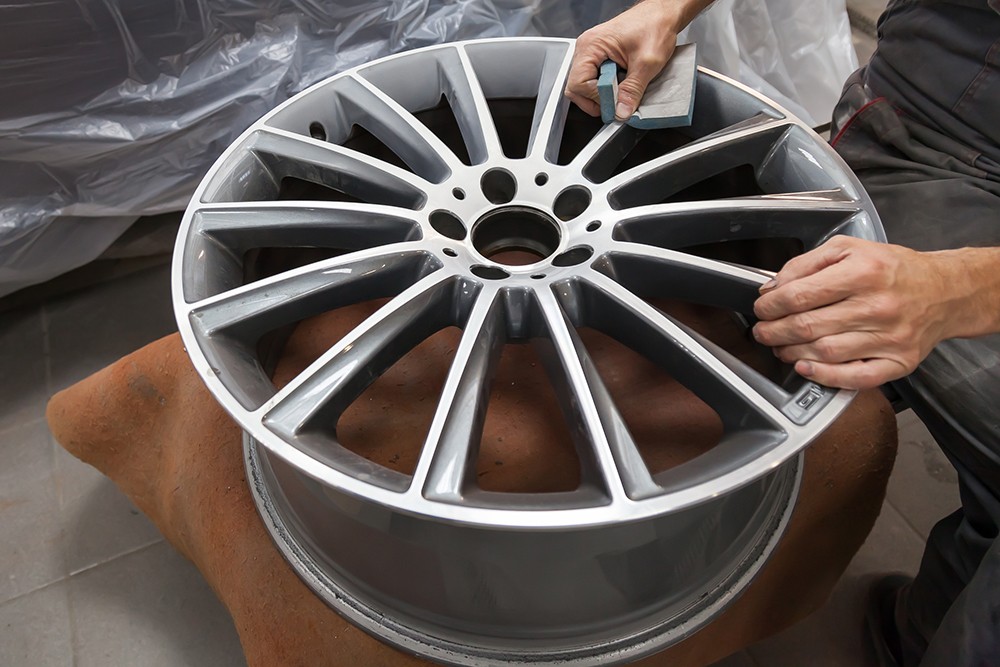
Every motorist dreads the moment they hit that unseen pothole. The resulting dents and dings are the most common types of rim damage and are usually visible to the naked eye. Subtle indents can significantly affect the vehicle's balance, cause vibrations while driving, and accelerate tire wear.
A few key signs of a dented rim include:
- Vibration or shaking steering wheel while driving.
- Unusual and rapid tire wear.
- Decrease in fuel efficiency.
Detecting Bends in Rims
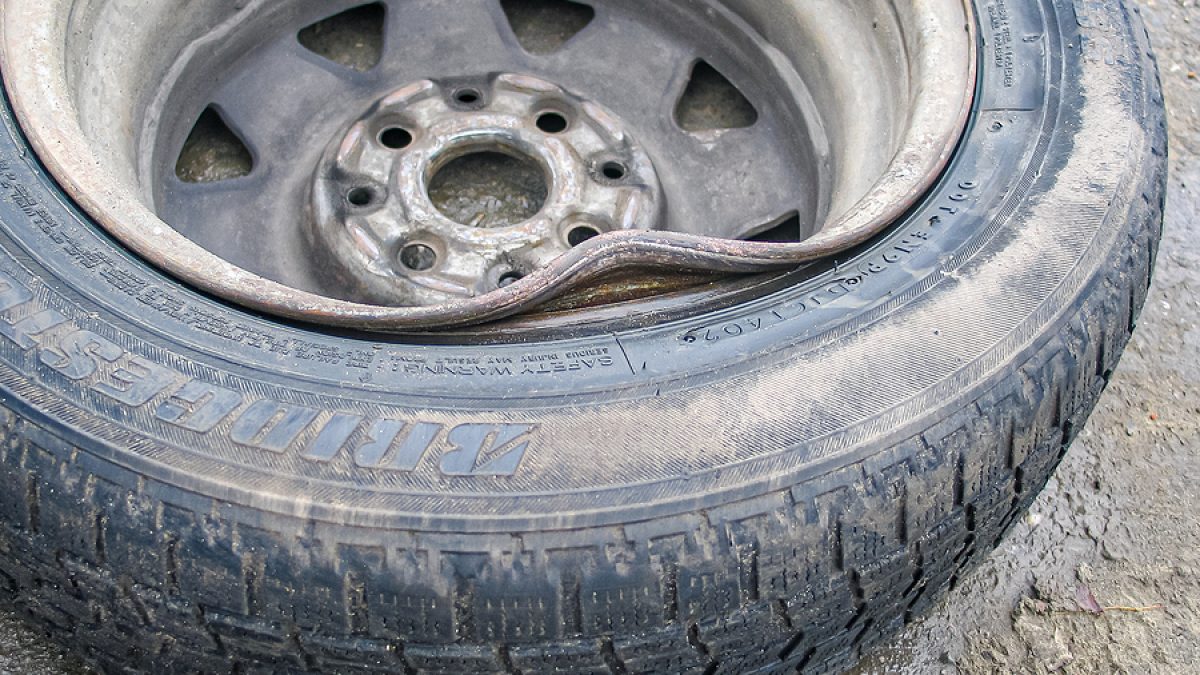
A bent wheel rim often results from a high-speed encounter with a pothole or curb. While less obvious visually, bent rims often cause a shaking sensation, particularly at higher speeds or during braking. A bent edge can cause issues with the tire bead seal, leading to slow air leaks and eventual flat tires.
Signs you may be dealing with a bent rim include:
- A noticeable vibration in the vehicle.
- A sudden, unexplainable loss in tire pressure.
A Closer look at wheel bends
If you've detected signs of a bend, it pays to just take a closer look. Park the vehicle and inspect the rims closely. If you see any irregularities, it's a sign your rim may be bent.
Spotting Cracks on Rims
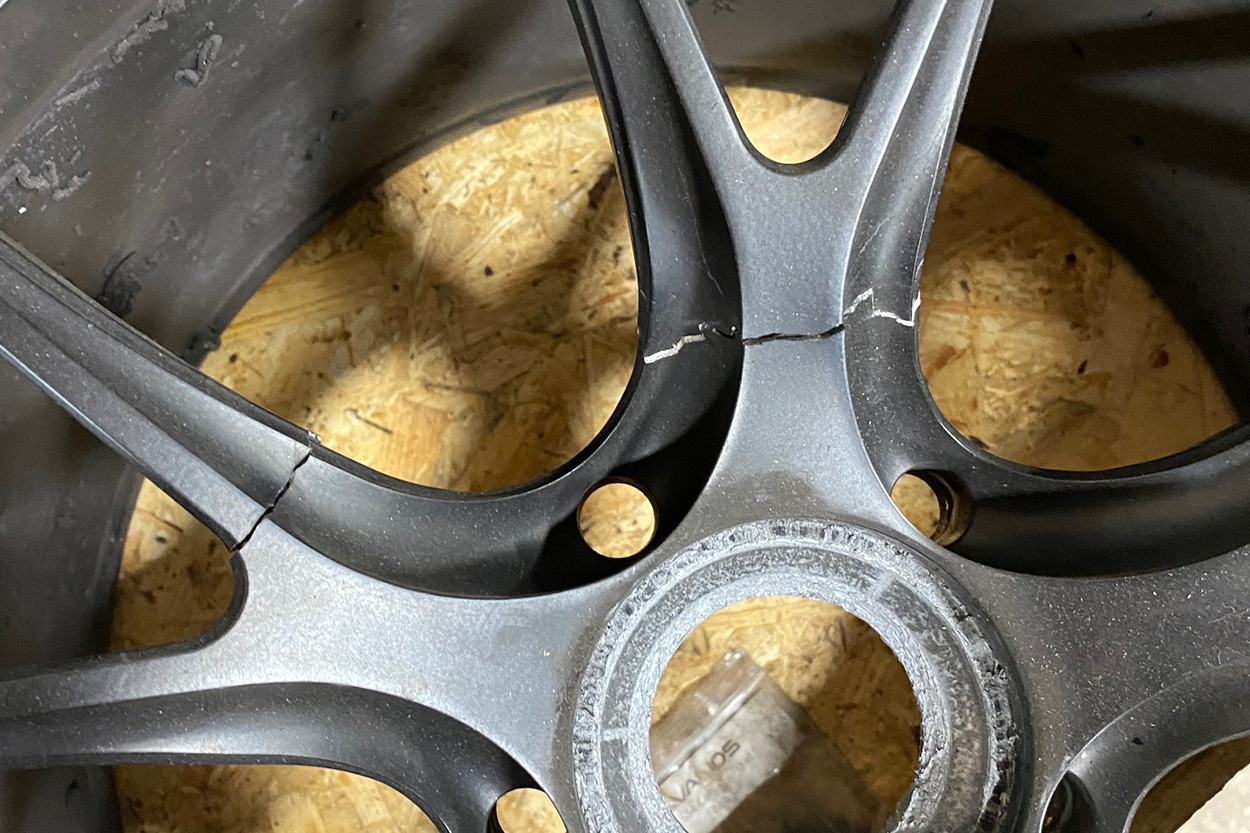
Cracked rims should take a top priority in your "repair or replace" list. Although often hard to spot, cracks can quickly grow and lead to complete wheel failure while driving. Regular wheel maintenance and inspection, especially after harsh driving conditions, are the best way to catch this fault early.
When inspecting for cracks, also look out for signs of:
- Consistently low tire pressure.
- New vibration or shaking while driving.
- Uneven tire wear.
Remember, safety first! If you spot a crack, seek professional help immediately.
Understanding Rim Corrosion
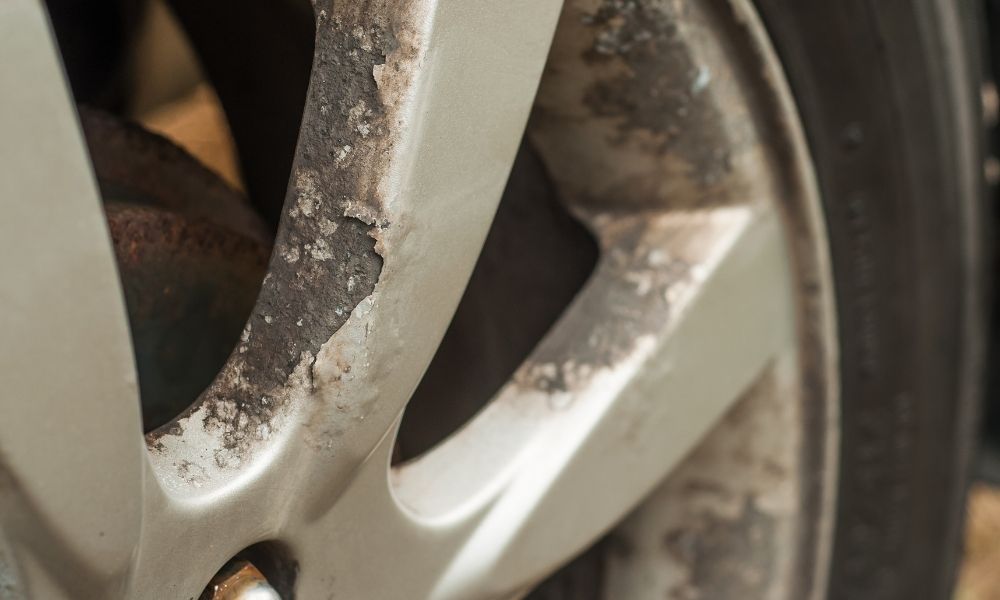
Corrosion affects the lifespan of your rim. Salt, water, and oxygen are rims' worst enemies, leading to corrosion or "rim rot". Aluminum rims are particularly susceptible to corrosion, which can result in air leaks if the bead area is affected. Regular cleaning and maintenance can prevent the progression of corrosion, helping to maintain the integrity of the rim.
Visible signs of corrosion can include:
- Discoloration or pitting.
- New vibration or shaking.
- A slow loss of tire pressure.
The sad reality is, once a rim starts to corrode, its lifespan is significantly shortened. Tackle it head-on and immediately with expert maintenance.
Deciphering Gouges on Rims
While any rim damage is unwelcome, gouges are particularly disheartening. Gouges can occur from sharp objects like rocks or when the rim makes direct contact with a curb. These deeper cuts not only add an unpleasant look to your vehicle but also pose a potential hazard. Ignored or unnoticed, these gouges can grow over time and lead to cracks.
Be on the lookout for these gouge signals:
- Visible scratches or cuts deep into the rim.
- A sudden loss of tire pressure.
- Vibration or instability when driving.
Encounter a gouge on your rim? Don't delay, seek immediate professional help.
Rim Repairs - When to DIY and When to Call the Pros
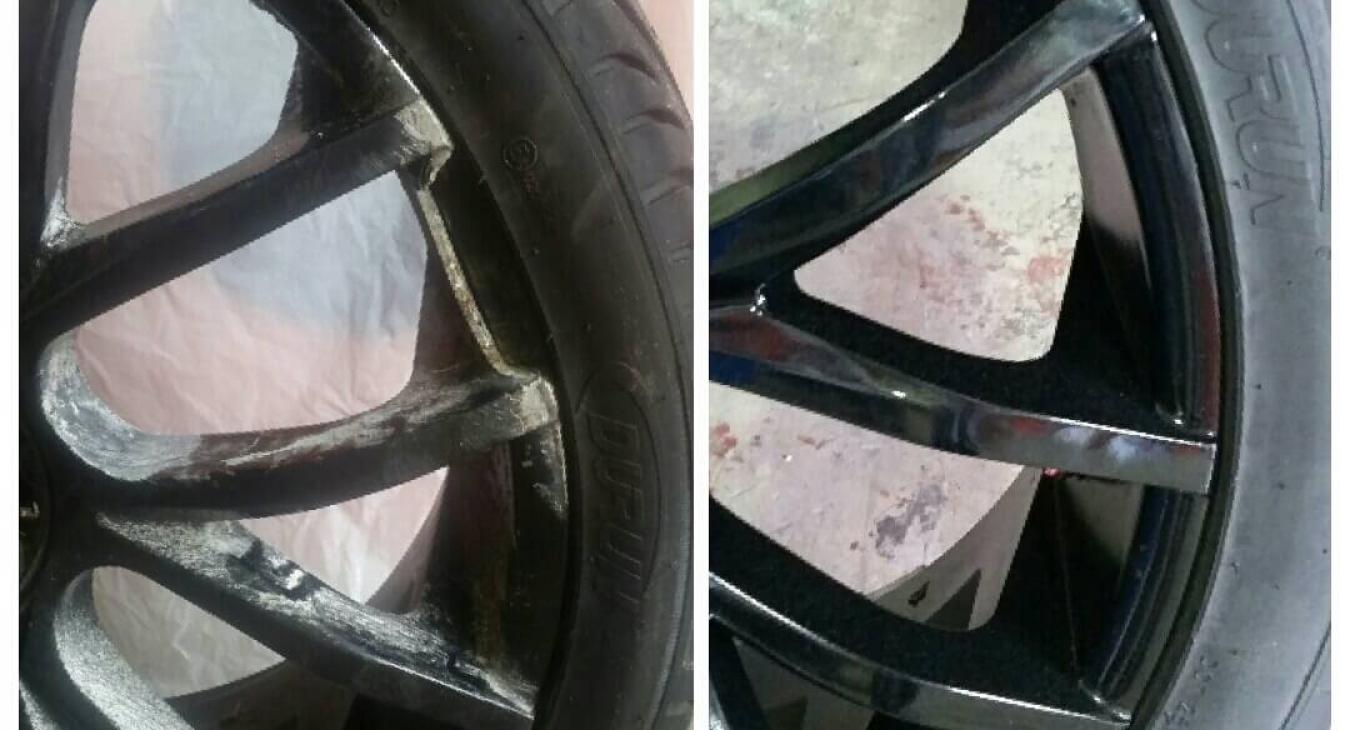
So what happens when you discover some of these rim damages? Some rim damage can be repaired, while others require complete replacement. Minor dents, bends, scratches, and gouges can be repaired by a rim repair specialist, or in some situations, by a well-equipped DIY-er.
However, there are instances where the rim should definitely be replaced:
- Rim with cracks longer than an inch.
- Severe rim bends or dents that can't be mended.
- Gouges that are deep and extensive.
- Advanced stage corrosion that compromises the structure of the wheels.
Consult with a professional if in doubt. This ensures your safety and the integrity of your vehicle. Remember, an expert opinion can save you from costly and potentially dangerous mistakes.
Crunching the Numbers on Rim Repair Vs. Replacement
Rim repair is typically a more affordable route when compared to replacement. A good rule of thumb is to replace the rim if the repair cost exceeds 50% of the cost of a new rim. Remember, the decision should not be all about cost. Safety should be your prime consideration.
Preventing Rim Damage
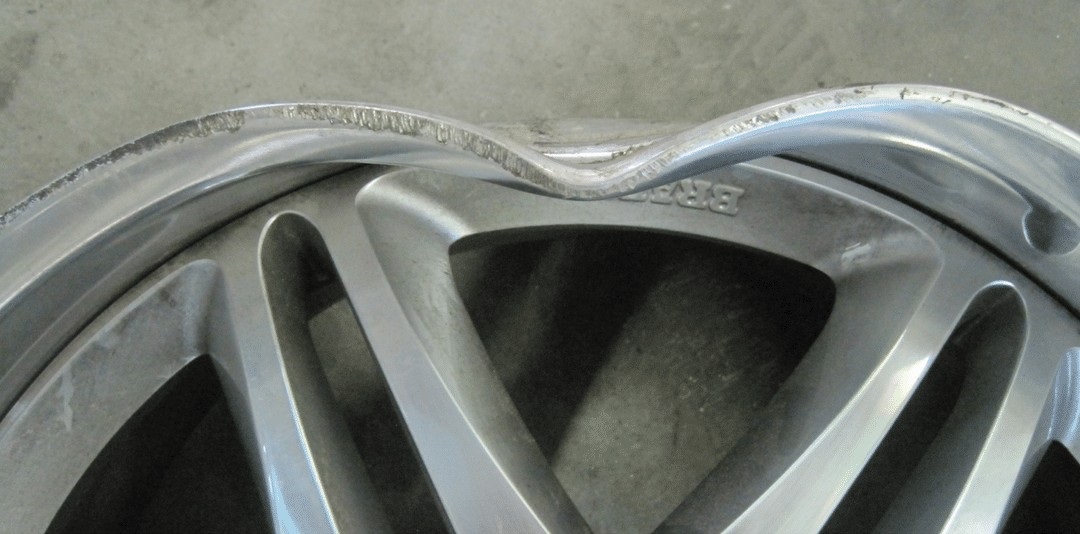
As the old saying goes, "Prevention is better than cure." By adhering to good driving habits and regular maintenance, you can protect the rims from damage and extend their longevity.
By following these straightforward tips, you can prevent most rim damage:
- Avoid harsh driving: Avoid sudden turns and fast driving on poor road conditions. Remember, potholes are the arch-nemesis of rims!
- Keep tires properly inflated: Maintain the correct tire pressure, which serves as a buffer between the rim and the harsh road surface.
- Regular maintenance and inspection: Regular cleaning helps prevent corrosion, and routine inspection helps spot issues early before they become serious.
- Use high-quality tires: Good quality tires provide better protection to the rims and can withstand rough conditions better than their cheaper counterparts.
In conclusion, identifying rim damage is an essential skill for every motorist. Understanding what to look for can save you from potential mishaps, costly repairs, and ensure your vehicle's roadworthiness. Be a smart driver, take care of your wheels!
What's Your Reaction?








































































